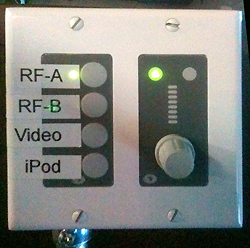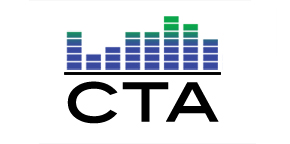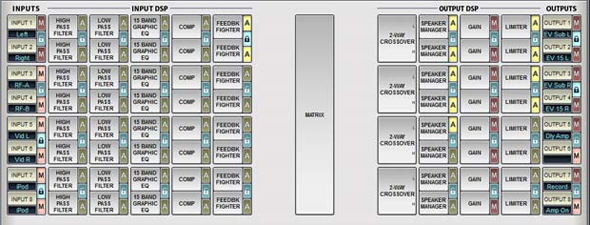Last week I was able to finally deploy the new EZ Mode (our term) for our student/community room PA.
The room is our most-used room every week, supporting everything from Jr. & Sr. High to men’s and women’s ministry to MOPS. There is something happening in that room every day of the week.
The system is relatively simple, but I’ve received more than one call at home on a Tuesday night from someone trying to make a mic work, or get sound out of the iMac.
I began looking for a solution and found it in the Symetrix Jupiter 8 processor and a set of associated wall controls, the ARC2 and the ARC-SWK. I’ll write up a review of the Jupiter in a separate post. For this one, I’ll focus on how I used the wall controls to create an EZ Mode.
It All Starts With Planning
My first step in the process was to sketch out what I wanted to accomplish. Based on the way the room is used, we really needed two major modes of operation, with two subsets each.
Big picture, it looks like this:
—Mix Mode, Delays On
—Mix Mode, Delays Off
—EZ Mode, Delays On
—EZ Mode, Delays Off
The room is a classic “two rooms in one with an air wall” layout; meaning sometimes we need the whole room, other times, just half. The main PA (hung over the stage) is the Electro-Voice LiveX 15s and subs I’ve written about before. We also hung some EAW JF80s (because we had them lying around) as delay loudspeakers to fill in the back half of the room on the other side of the air wall.
Student ministries runs a full band for their events, so they need to be able to mix a full compliment of inputs on the Yamaha MG32 we have in there. Most of the other ministries/events however, require one or two mics, audio for video (either DVD or the iMac) and an iPod input.
Since the Jupiter 8 has 8 inputs and 8 outputs, and the inputs can be either mic or line, I set about making up a plan.
The input side looks like this:
—1&2 Stereo In from the MG32
—3&4 Wireless Mics 1&2 (also double patched into the MG32)
—5&6 Audio from Video (will eventually be the audio output of an Extron IN1508, for now, it’s a double-patched ProAV2)
—7&8 A dedicated “EZ” iPod cable.
Outputs 1-4 feed the main speakers (L&R plus L&R Subs), while Output 5 feeds the delays. Output 6 feeds nothing, Output 7 feeds a CD recorder, while Output 8 is used to control the logic output that turns on and off the delay speaker’s amp. More on that later.






















